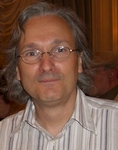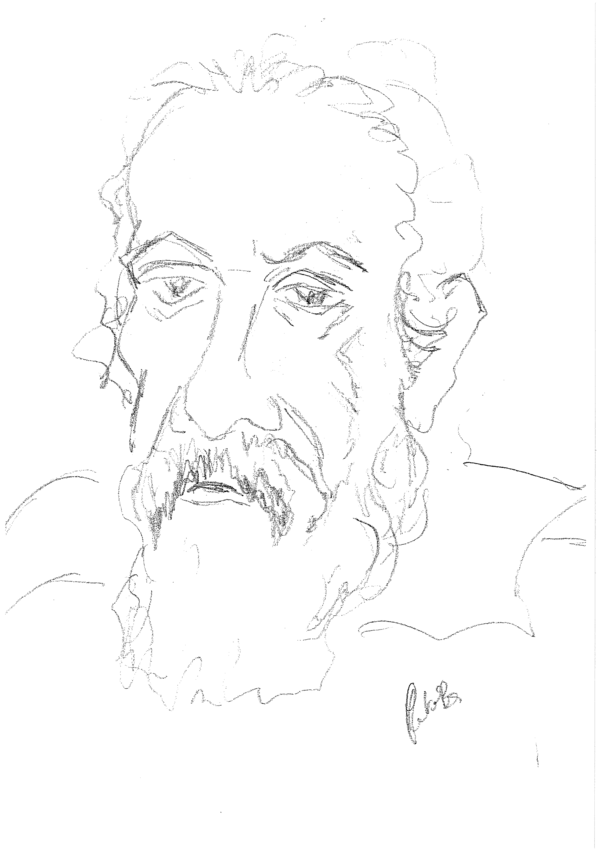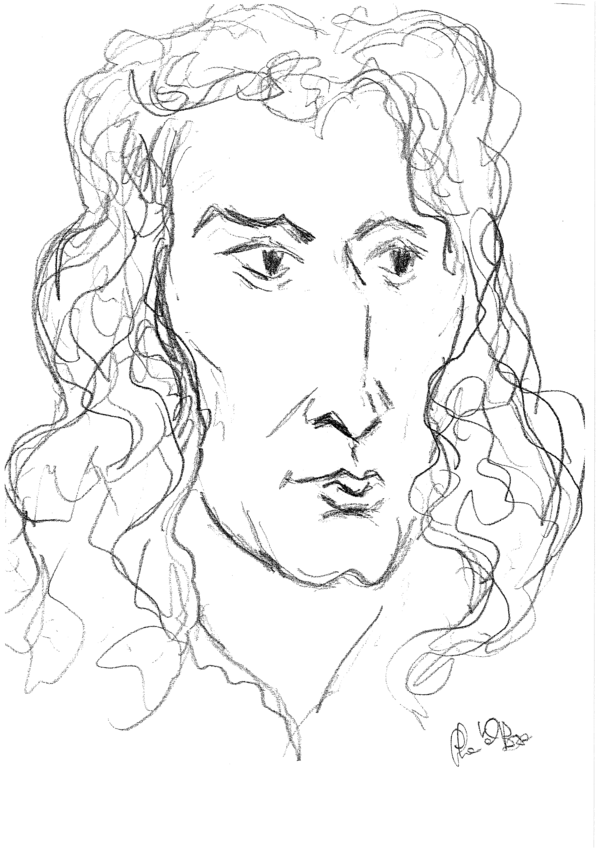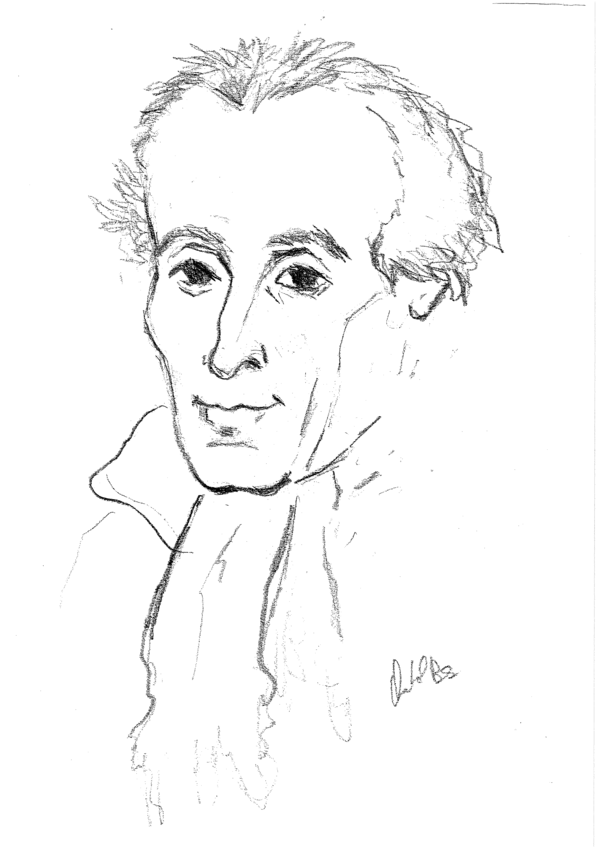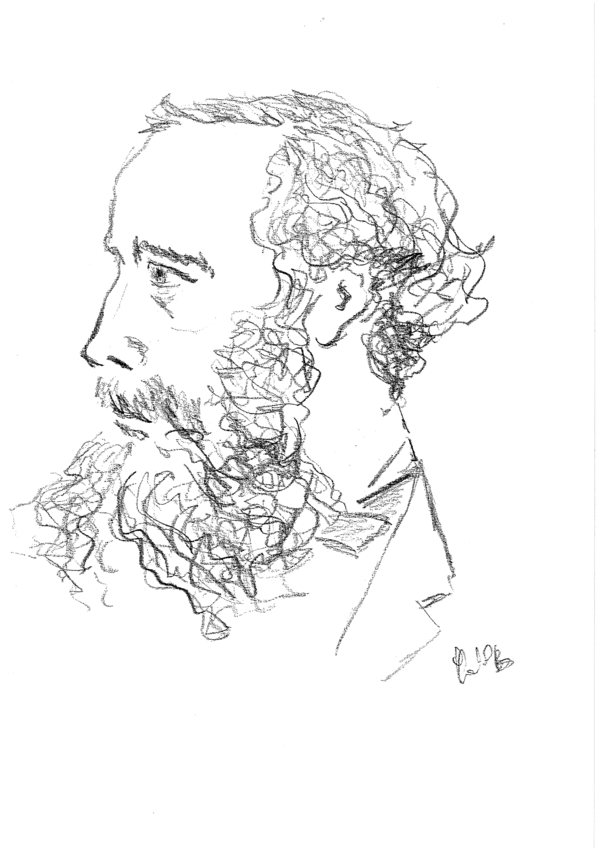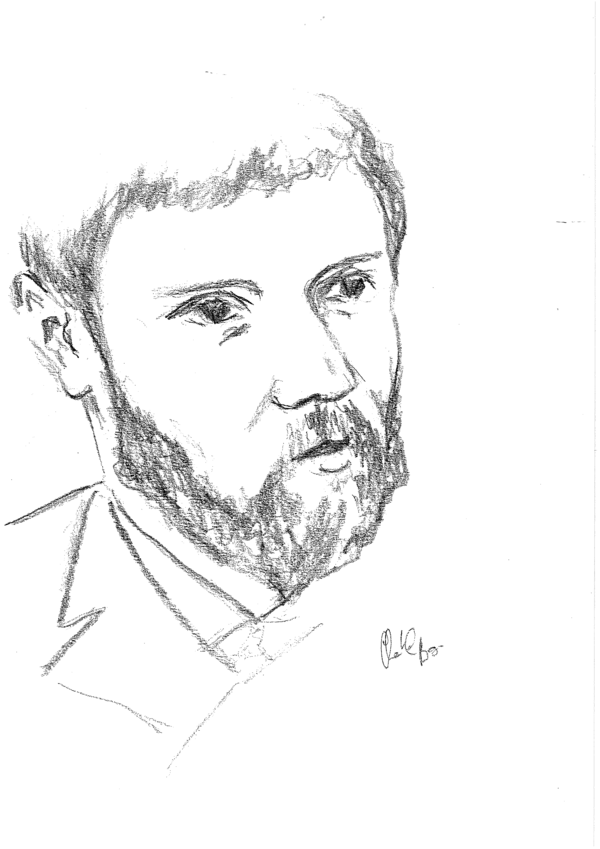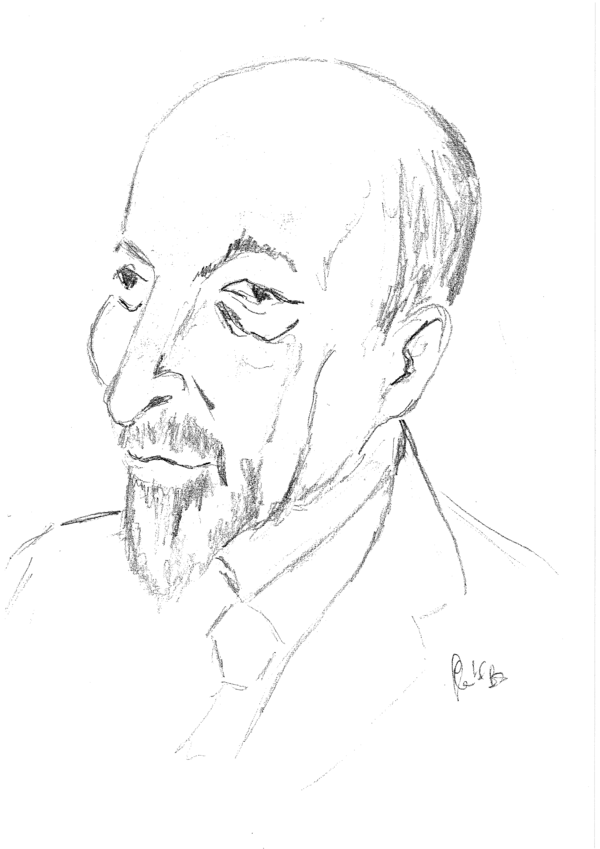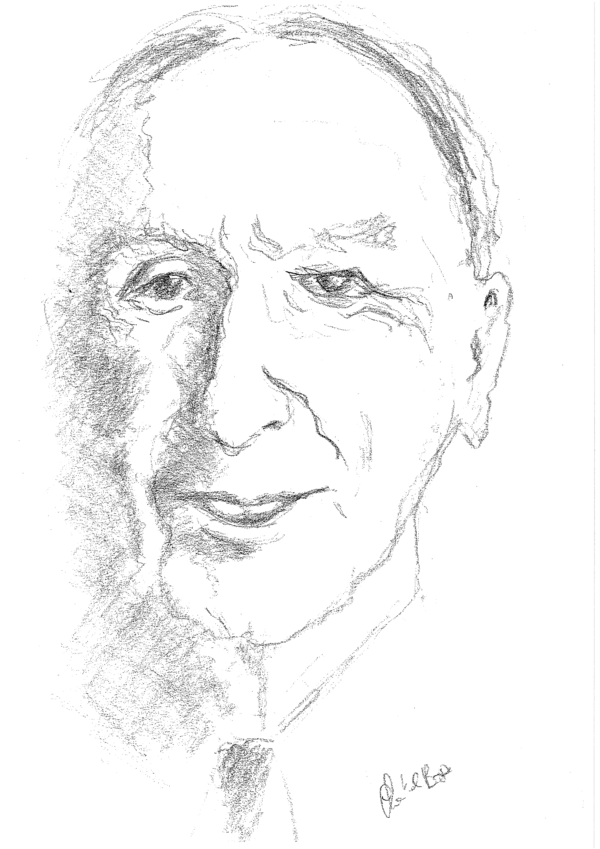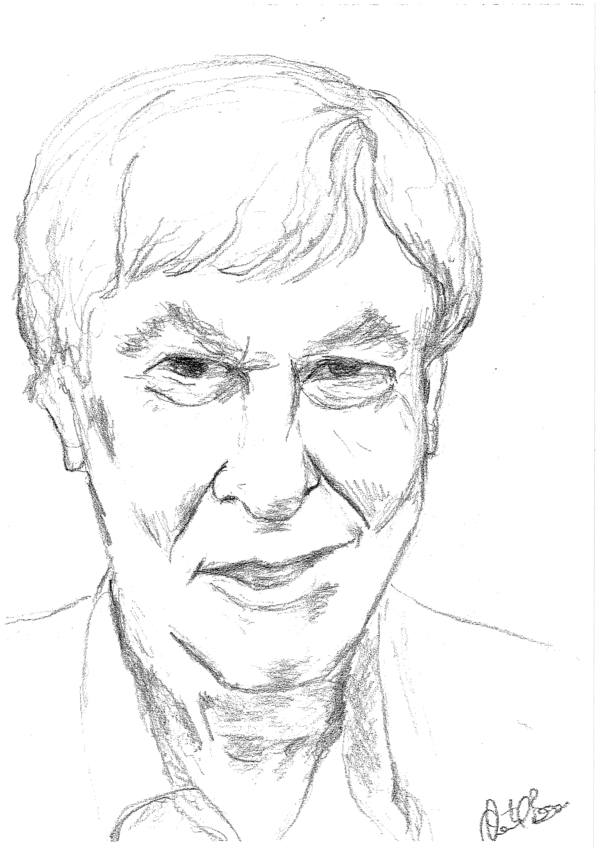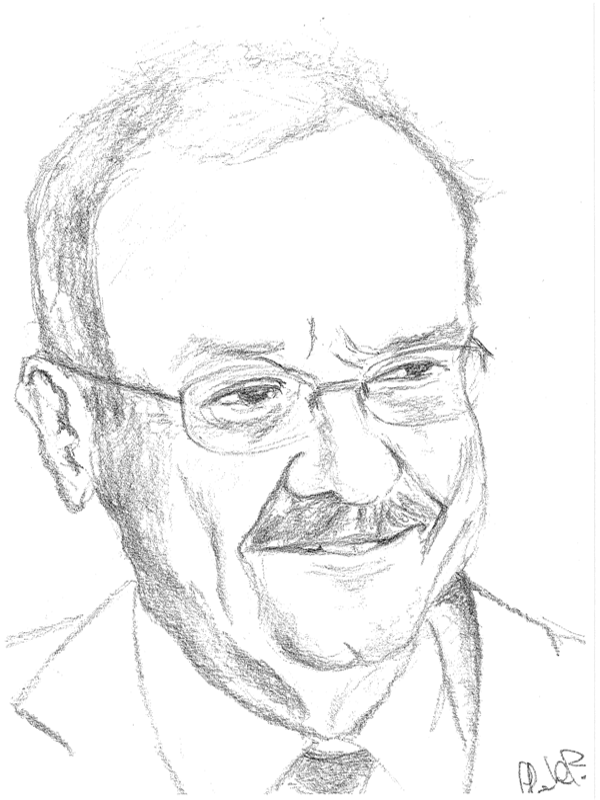The authors :
|
Jos Leys
Engineer turned computer graphics enthusiast, specializing in mathematical imagery. (Antwerp, Belgium) |
Étienne Ghys
CNRS senior researcher, working at the ENS-Lyon. He loves geometry. He was mainly responsible for the mathematics and the scenario. |
Aurélien Alvarez
"Maître de conférences" at Orléans University and particularly interested in dynamical systems, he was in charge of the technical aspects, and the computation of the images. |
Commentary voices :
- French : Thierry Lhermitte and Étienne Ghys
A special thanks to Thierry Lhermitte who has graciously and spontaneaously agreed to lend us his voice.
- English : Saul Schleimer
- Spanish : Adolfo Guillot and Alberto Verjovsky
- Italian : Paolo Triestino
- Dutch : Fleur Deboutte and Jan Lanneau
- Portuguese : Thalma de Freitas
- Japanese : Takashi Tsuboi
Music (in order of appearance in the film) :
- Chapter I : Panta Rhei
- Sunshine, Kevin MacLeod
- Étude Op. 10 No. 3 en Mi majeur, Frédéric Chopin
interpreted by John Lewis Grant - Piano improvisation on the film Sur ta joue ennemie
music and interpretation by Karol Beffa - Gnossienne No. 1, Éric Satie
interpreted by Mark Hensley
- Chapter II : The lego race
- Schvisen, Canton Becker
- Rocket, Kevin MacLeod
- Killing Time, Kevin MacLeod
- Spatial Harvest, Kevin MacLeod
- Kick Shock, Kevin MacLeod
- Chapter III : The apple and the Moon.
- Goldberg Variations, Aria, Johan Sebastian Bach
interpreted by Andreas Pfaul - Prelude and fugue no. 23 (BWV 868a), Johan Sebastian Bach
interpreted by John Lewis Grant - Goldberg Variations, 5, 17, 4, 6, 22, Aria, Johan Sebastian Bach
interpreted by Roberto Carnevale
- Goldberg Variations, Aria, Johan Sebastian Bach
- Chapter IV : The swing
- Prelude of the Suite bergamasque, Claude Debussy
interpreted by Tom Pascale - Clair de lune from the Suite bergamasque, Claude Debussy
interpreted by Tom Pascale - Arabesque No. 1, Claude Debussy
interpreted by Chris Breemer
- Prelude of the Suite bergamasque, Claude Debussy
- Chapter V : Duhem's bull
- Excerpt from Orange mécanique, Karol Beffa
interpreted by le quatuor Parker - Gymnopédie No. 1, Éric Satie
interpreted by Andreas Pfaul - Gnossienne No. 2, Éric Satie
interpreted by Mark Hensley - Gnossienne No. 3, Éric Satie
interpreted by Mark Hensley - Excerpt from Orange mécanique, Karol Beffa
interpreted by le quatuor Parker
- Excerpt from Orange mécanique, Karol Beffa
- Chapter VI : Smale in Copacabana
- Lakota’s spirit, Stefano Mocini
- The keys of happiness, Stefano Mocini
- Chapter VII : The butterfly effect
- Excerpts from the films Sur ta joue ennemie and Le théâtre des opérations, music by Karol Beffa
interpreted by the Contraste ensemble, direction Johan Farjot
- Excerpts from the films Sur ta joue ennemie and Le théâtre des opérations, music by Karol Beffa
- Chapter VIII : Lorenz' mill
- Excerpt from Dédales, Karol Beffa
for orchestra and strings (et harpe ad libitum)
interpreted by the Contraste ensemble, direction Johan Farjot - Heart of darkness, Stefano Mocini
- Étude No. 3 en Mi majeur, « Tristesse », Frédéric Chopin
interpreted by Chiara Bertoglio
- Excerpt from Dédales, Karol Beffa
- Chapter IX : Research today
- Intractable, Kevin MacLeod
- Opportunity Walks, Kevin MacLeod
- Raw, Kevin MacLeod
- Pilot Error, Kevin MacLeod
- Excerpt from the film Sur ta joue ennemie, music by Karol Beffa
interpreted by the Contraste ensemble, direction Johan Farjot
Translations and reviews of the commentary texts :
- English : Jos Leys and Jeff Weeks
- Finnish : Jouni Parkkonen
- German : Fabian Hebestreit, Philipp Kuehlmann, Martin Olbermann, Moritz Rodenhausen, Carmen Rovi, Mark Ullmann, Christophe Winges
- Greek : Konstantinos Konstantoudakis and Maria Tzimaka
- Chinese : Tan Lei and Hsueh-Yung Lin
- Arabic : Hamza Khelif
- Bengali : Parthasarathi Mukhopadhyay
- Spanish : Vanessa Alderete Acosta, Óscar Francisco Guajardo Garza, Adolfo Guillot, Mayra Méndez Carrera
- Italian : Michele Triestino
- Lithuanian : Lukas Melninkas
- Malaysian : Justin Lim
- Japanese : Takashi Tsuboi
- Dutch : Jos Leys, Annelies Maes and Stefaan Vaes
- Polish: Adam Kowalczyk, Piotr Sobolewski
- Portuguese : Lídio de Carvalho Antunes, Alciléa Augusto, Gilza de Melo, Michelle Dysman
- Russian : Mikhail Christophorov, Svetlana Makarova, Victoria Malyasova, Artem Sergeev, Katerina Sergeeva, Alexandra Victorova
- Slovenian : Bostjan Kuzman
- Turkish : Samet Çetin, Utku Erdoğan, Cafer Kılıç, Mustafa Soyertem, Neşet Özkan Tan, Gülbike Yıldırım
- Urdu : Rida Aleem
Translations of the website :
- Arabic : Hamza Khelif
- Chinese : Chen Peng, Gao Yan, He Yuhao
- Dutch : Jos Leys
- English : Jos Leys
- Italian : Michele Triestino
- Japanese : Takashi Tsuboi
- Portuguese : Alciléa Augusto, Gilza de Melo
- Russian : Mikhail Christophorov, Svetlana Makarova, Victoria Malyasova, Artem Sergeev, Katerina Sergeeva, Alexandra Victorova
- Spanish : Fernando Alcalde Cuesta, Nydia Pineda, Ana Rechtman
A special thanks to :
- Alain Chenciner and Jacques Féjoz for the data on planetary choreography in chapter 3.
- Bruno Sévennec for his calculations of trajectories on the billiard with three obstacles in chapter 5.
- The Archives of the Mathematisches Forschungsinstitut Oberwolfach for the portraits of Bowen, Sinaï and Ruelle used in chapter 8.
- Piet Bonte for the audio engineering of the Dutch recordings, and Paul Igodt (KULAK Kortrijk) for his warm support.
- Victor Kleptsyn for the coordination of the Russian translations and to Andrew Ranicki for the German ones.
- Claudia Lozano for the realization of the Spanish recordings in Milk Studios, Cuernavaca, Mexico.
- Alessio Franco for the realization of the Italian recordings.
- Martine and Gilberte.
POV-Ray models:
- Thanks to Alex Kluchikov for Whirlpool, Paul Nylander for Flowers, Friedrich Lohmueller for Helical pendulum et Fence, Flask and Newton’s cradle, Lewis Sellers for Rocking Chair, Chris Colefax for Explode, City and Lens effect, Christoff Hormann for Earth, Anton Raves for Lego, and Gilles Tran for Apple, Tree, Grass, Ducky and Mini Cooper.

Thanks to NASA for the hurricane sequence.
Thanks to Philip Daniels for Cumulus Cloud Time Lapse #3.
LEGO figures trademarked by the Lego Company.

No thanks to Warner Bros who refused the use of an excerpt from 1950's cartoon.
IT :
- The website is due to Romain Théron and has been designed in Drupal. A great thanks to Romain for all his help.
- We thank the Mathrice platform for hosting the site.
- The 180,000 images of this film have been rendered on the machines of the Pôle scientifique de modélisation numérique (PSMN) of the École normale supérieure de Lyon. A special thanks to Hervé Gilquin and Gérard Lasseur for their help and advice.
- Almost all images were designed in POV-Ray. Post production and editing was done mainly in Final Cut Pro X.
- Thanks to Chantal Bosse for the portraits of the principal heroes of this film, and to Jean-Marc Dellac for his cartoons (French website version only).
Institutional support :
- Thanks to Laurent Berger for bringing the support of the Unité de mathématiques pures et appliquées (UMPA) of the École normale supérieure de Lyon. Thanks to Stéphane Cordier for bringing the support of the Laboratoire de Mathématiques - Analyse, Probabilités, Modélisation - Orléans (MAPMO) at Orléans University.


- Thanks also to the École normale supérieure de Lyon and to the CNRS who have supported the project financially.


The film's principal heroes :
|
Galileo become famous for perfecting his telescope which shook the foundations of astronomy. |
Both mathematics and physics owe a lot to Newton : differential calculus and his law of gravitation are just two examples amongst many others. |
Some call him the French Newton! Laplace developed the concept of scientific determinism, and contributed significantly to the study of our solar system. |
|
Maxwell was both physicist and mathematician and unified electricity and magnetism in his famous equations. |
As a universal scientist, Poincaré founded the qualitative theory of dynamic systems, and laid the groundwork for chaos theory. |
Hadamard was a great mathematician who became notorious when he was still quite young through his prime number theorem. |
|
In his study of convection currents, Lorenz used simple equations to come to terms with the problem of the butterfly effect in a positive and constructive way. |
Smale made many varied contributions such as his discovery that chaos and structural stability can coexist. |
The Brasilian mathematician Palis proposed a research program in order to gain a global understanding of a dynamical system in general. |


